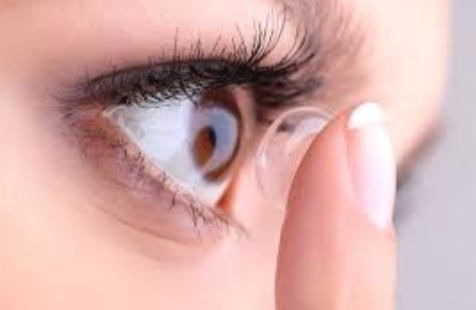hydrophilic soft contact lenses
classified
Hydrophilic soft contact lenses are classified according to the method of manufacturing, water content, Permiability, trasmissibility, colour and length of use.
● Method of manufacture - The method of manufacturing of contact lens are spin-cast contact lenses that are lathed, molded, and mixed (one surface lathed and one surface spincast) this three methods commonly use to make the contact lenses.
● Water content -
The water content of contact lens depend on the material used in it and it's classified as Low, medium, and high water content lenses are, respectively, 38%, 55%, and 75% water.
● Permeability - Permiability means the Oxygen permitted into the contact lens to eye. Contact lens Permiability is also classified as medium and high permeability, Dk less than or greater than 50, respectively. The contact lens Permiability is indicated by the Dk value.
● Transmissibility - The transmissibility to oxygen will depend on the Dk of the primary material and the thickness of the lens, as in rigid gas permeable lenses.
● U.S. Food and Drug Administration (FDA) classification -
Group 1: Low water (less than 50%water content) nonionic polymers
Group 2: High water (greater than 50%water content) nonionic polymers
Group 3: Low water (less than 50%water content) ionic polymers
Group 4: High water (greater than 50%water content) ionic polymers(highest affinity for tear protein deposition in group 4 lenses)
● Color - Clear lenses Light blue or green visibility tinted lenses that do not alter eye color
Cosmetic contact lenses - principal function is to alter the color of the iris or the appearance of the cornea.
● Length of use - The length of use contact lenses like daily use, Extended use (worn during both waking hours and sleep), Sporadic use (occasional only)
The Optometrist determines the wearing schedule at the time of the clinical evaluation. The wearing schedule is determined based on the patient’s goals for contact lens wear.
● Lens life: disposable versus non disposable contact lenses

